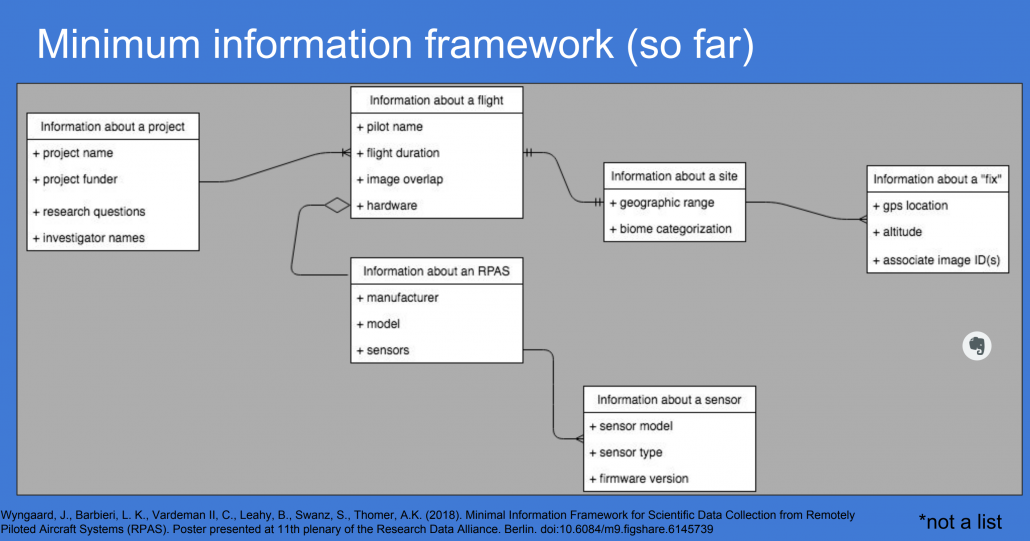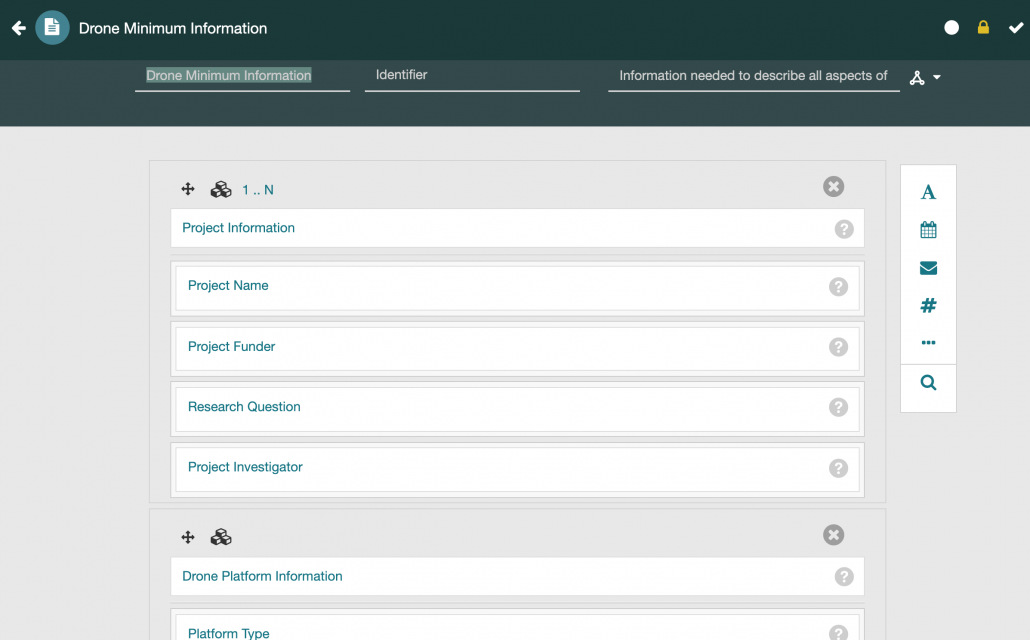CEDAR in the GO FAIR Funder Study
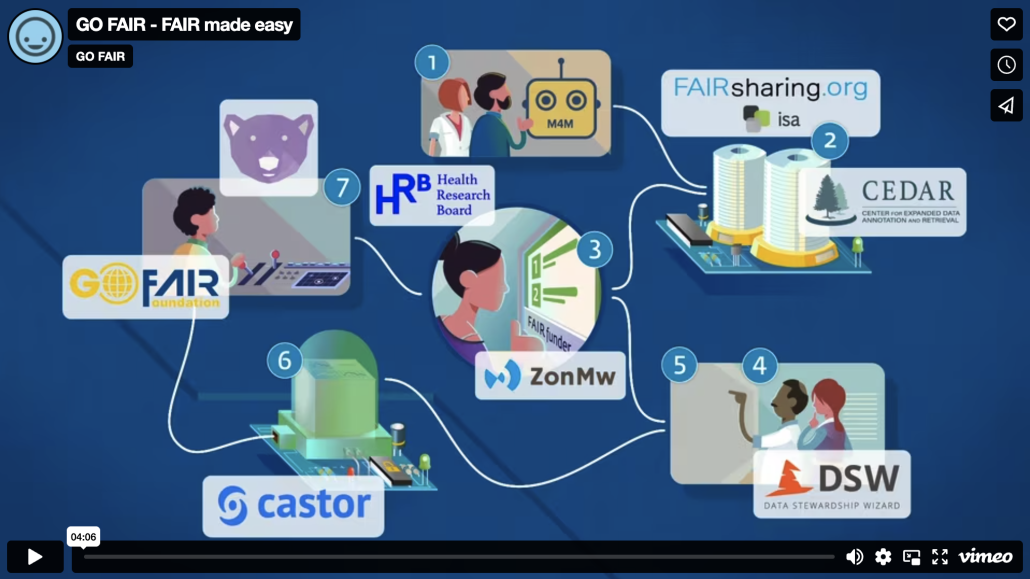
After providing contributions to the GO FAIR project over the last 18 months, CEDAR will be a significant participant in GO FAIR’s FAIR Funder Implementation Study.
This collaborative project will demonstrate a new level of integrated and FAIR metadata, making data projects funded by research agencies demonstrably more Findable, Accessible, Interoperable, and Reusable. As one of the founding collaborators, CEDAR has played a significant role in defining, describing, and implementing services that will improve metadata collection for funded research.
Read more
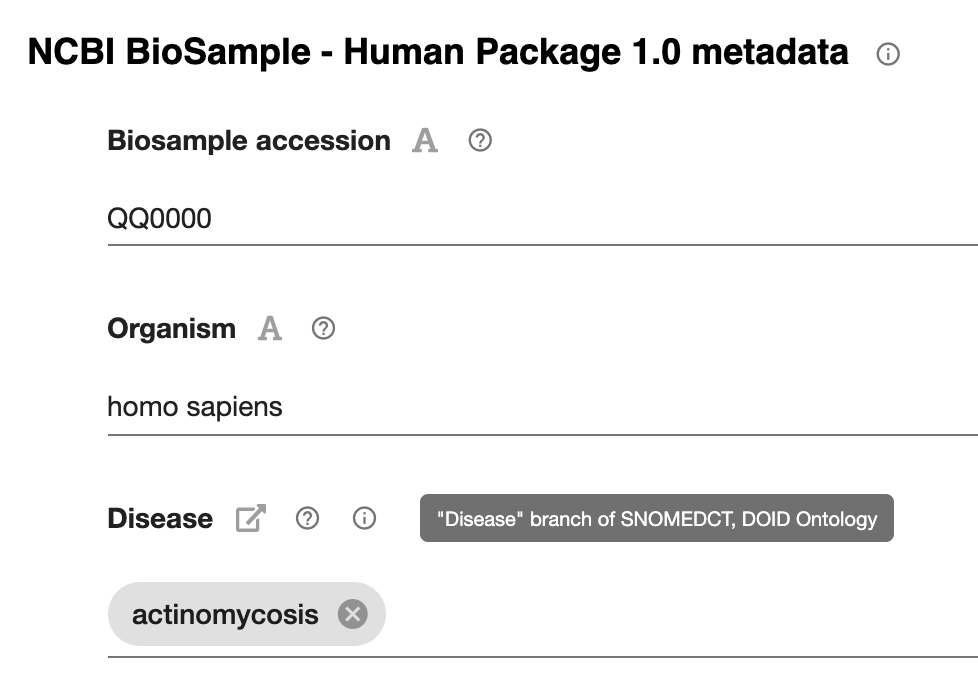 Did you ever want to show your template or metadata values to a colleague, without logging in? Do you want to view all your metadata on the web? Or maybe you’d like an IRI that anyone can use to see your work?
Did you ever want to show your template or metadata values to a colleague, without logging in? Do you want to view all your metadata on the web? Or maybe you’d like an IRI that anyone can use to see your work?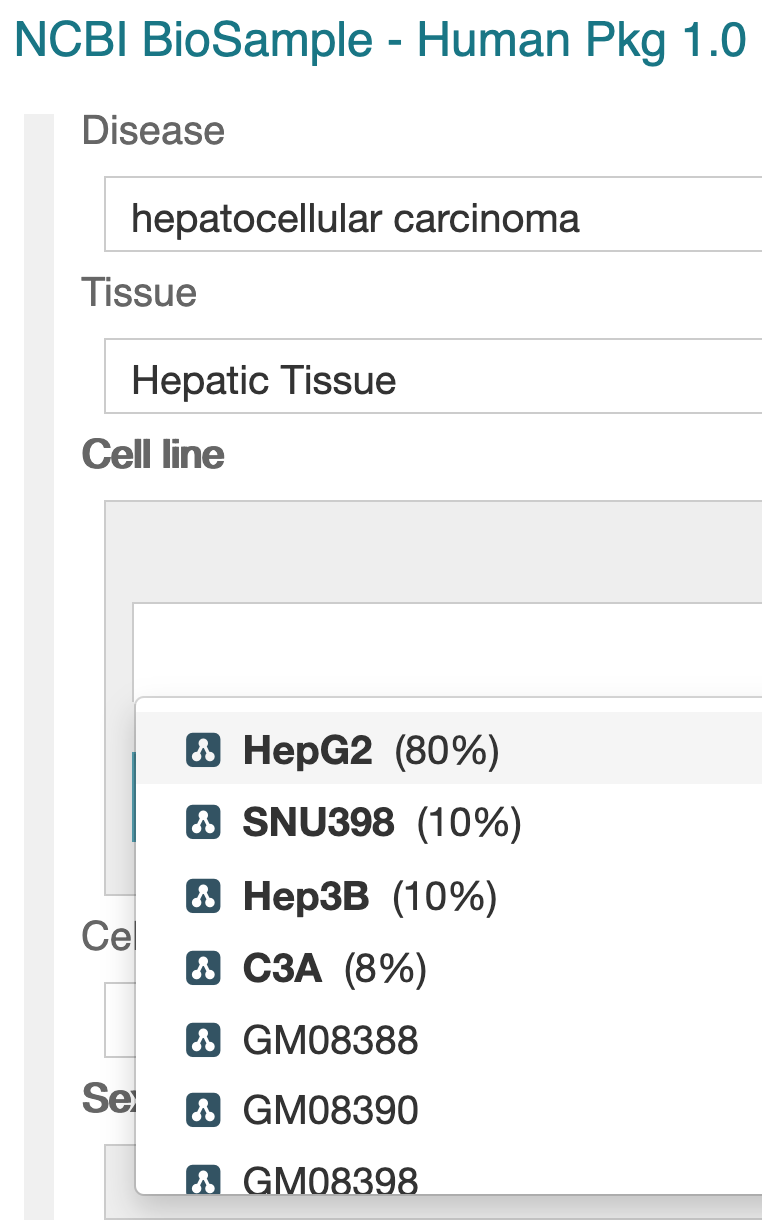 We significantly updated CEDAR’s value recommendation capabilities in this release. The new approach adopts a powerful mechanism to suggest new values for fields in a templates as users fill in those fields. If the template creator enables the value recommender for at least 2 text fields (using each field’s SUGGESTIONS tab), CEDAR will find patterns across all the previously entered values for recommendation-enabled fields. If those patterns are strong enough over many metadata instances, CEDAR will recommend values to a user based on the (enabled) values that the user has already filled in.
We significantly updated CEDAR’s value recommendation capabilities in this release. The new approach adopts a powerful mechanism to suggest new values for fields in a templates as users fill in those fields. If the template creator enables the value recommender for at least 2 text fields (using each field’s SUGGESTIONS tab), CEDAR will find patterns across all the previously entered values for recommendation-enabled fields. If those patterns are strong enough over many metadata instances, CEDAR will recommend values to a user based on the (enabled) values that the user has already filled in.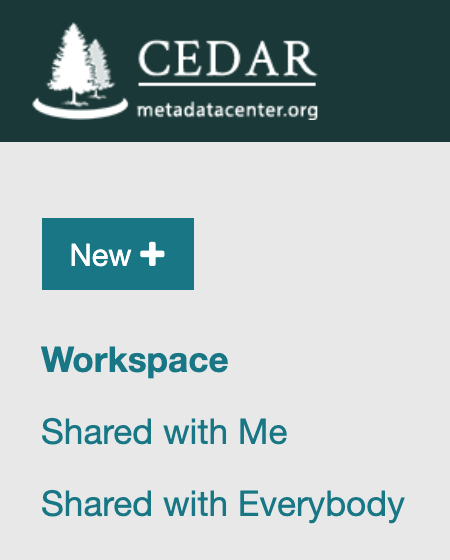 CEDAR now provides Shared With Me and Shared With Everybody modes on the workspace to let users see globally shared resources, or just resources explicitly shared with them. The default Workspace view just shows the files you own and administer. Shared with Me shows content that someone shared with you directly; and Shared with Everybody shows content that all CEDAR users can see (there are a lot of those!).
CEDAR now provides Shared With Me and Shared With Everybody modes on the workspace to let users see globally shared resources, or just resources explicitly shared with them. The default Workspace view just shows the files you own and administer. Shared with Me shows content that someone shared with you directly; and Shared with Everybody shows content that all CEDAR users can see (there are a lot of those!).